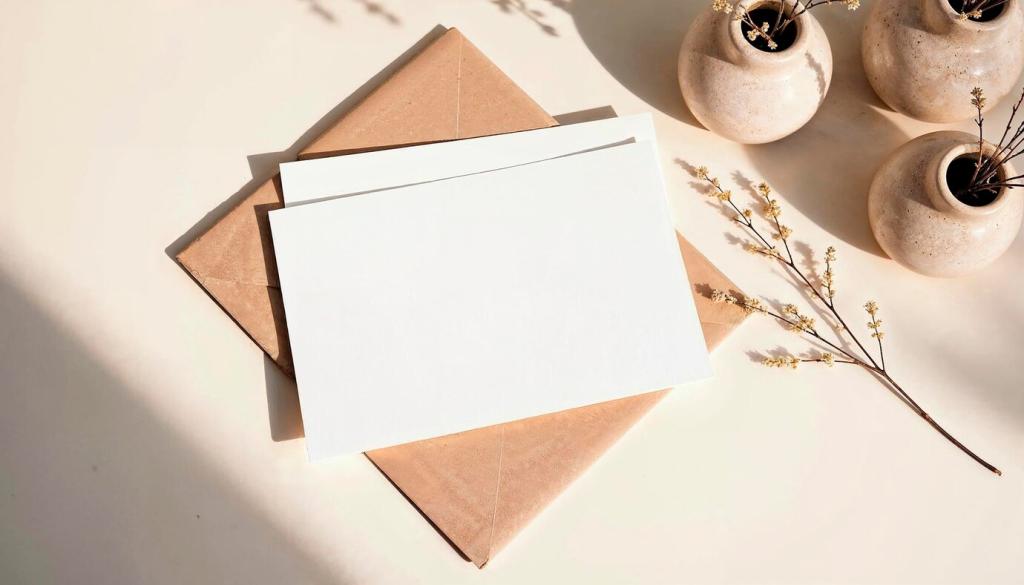Stories Where Less Became More
A potter once removed a decorative band from a tea bowl, leaving a quiet lip of raw clay. During the ceremony, guests noticed their own reflection more than the object. The host said, the bowl taught us to attend to presence, not ornament. What has simplicity taught you?
Stories Where Less Became More
A Dakar-trained artist carved away more than he kept, letting wind pass through a wooden form. Children played with the gaps, casting hand-shadows at sunset. He said the sculpture wasn’t finished until the evening light arrived. Share a moment when absence created unexpected joy.
Stories Where Less Became More
A curator removed labels for one hour and let visitors simply sit. Many reported noticing faint pencil lines, stretcher shadows, and the rhythm of nail heads. When labels returned, people read less, looked more, and stayed longer. Would you try a label-free hour on your next museum visit?
Stories Where Less Became More
Lorem ipsum dolor sit amet, consectetur adipiscing elit. Ut elit tellus, luctus nec ullamcorper mattis, pulvinar dapibus leo.







